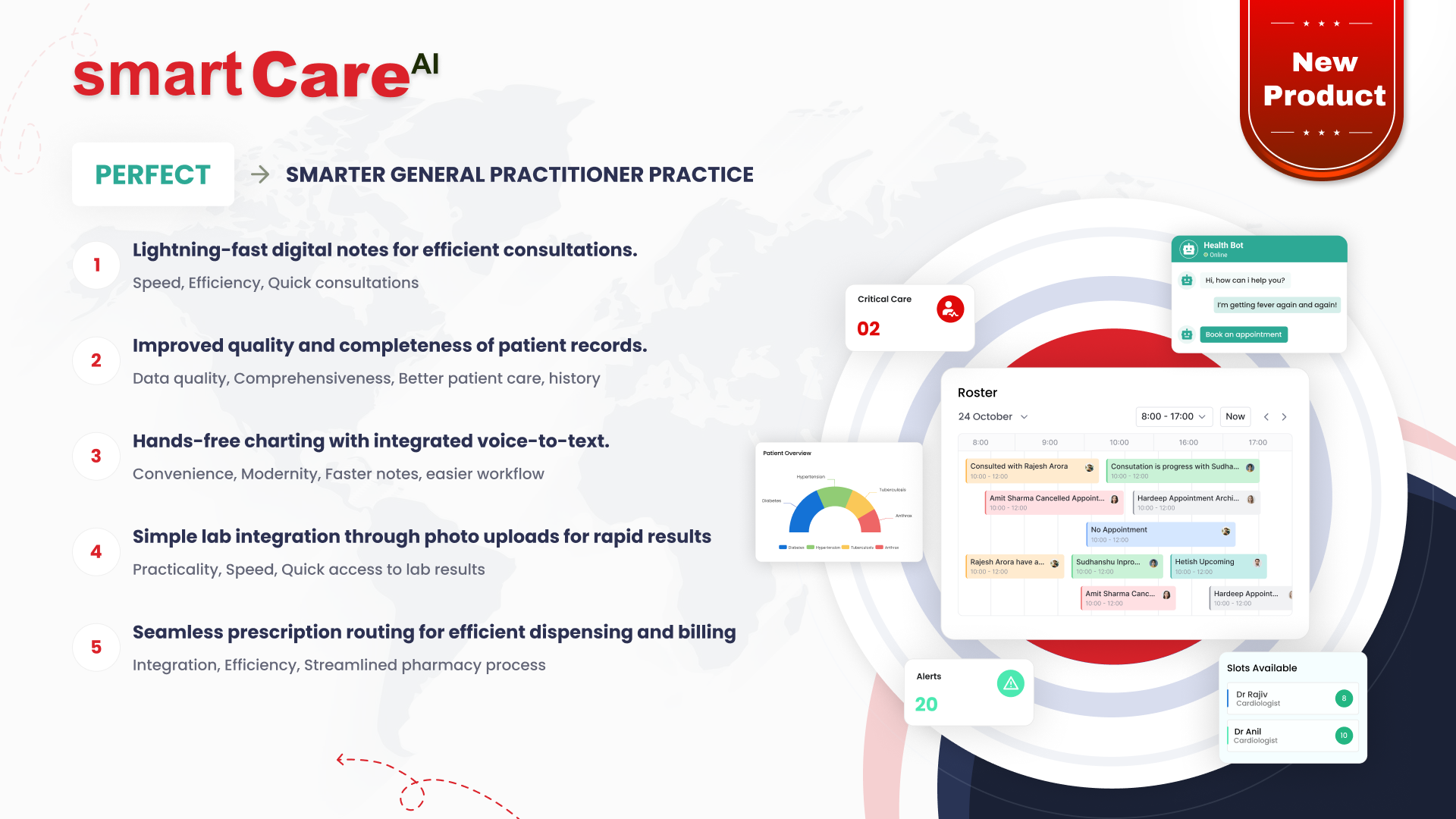
Posted On September 1, 2025
Which Features Should Your Enterprise Software Have in 2025
As businesses look ahead to 2025, certain enterprise software features are becoming essential—not just nice-to-haves. To stay competitive and efficient, software should combine innovation with practicality. Here are five key features your enterprise solution should include.
Real-Time Data Analytics for Faster Decisions
In today’s fast-paced business world, timely insights can make all the difference. Real-time data analytics enables teams to track performance metrics instantaneously, spot trends, predict bottlenecks, and act swiftly. Instead of relying on outdated reports, real-time dashboards empower decision-makers to respond proactively—saving time and boosting results.
AI-Powered Automation for Routine Tasks
By 2025, automation won’t be a bonus—it will be expected. AI-powered tools that automate repetitive tasks—like approvals, data entry, and routing—allow teams to focus on strategic, human-centric work. Automation brings consistency, reduces human error, and frees up employee time for more creative, high-value tasks.
Seamless Integration with Other Platforms
Enterprises rarely operate in isolation—they depend on multiple systems. Whether it’s CRM, accounting, supply-chain tools, or communication platforms, your enterprise software should integrate smoothly with them all. Open APIs, pre-built connectors, and data standardisation help ensure seamless communication across tools, making workflows more efficient and cohesive.
Robust Security and Compliance by Design
As cyber threats grow and regulations tighten, security can’t be an afterthought. Enterprise software in 2025 must embed security and compliance at its core. Expect features like multi-factor authentication, data encryption (at rest and in transit), granular access controls, and audit logging. Built-in compliance (e.g., GDPR, HIPAA, ISO) ensures both peace of mind and regulatory integrity.
Flexible Scalability to Grow with Your Business
Your software must be ready for whatever the future holds. Whether you’re expanding rapidly, shifting markets, or scaling operations, your platform should grow with you. Flexibility comes from modular architecture, cloud deployment options, and configurable modules—so you can add features, users, or capacity without a complete overhaul.
Built-in AI and Machine Learning Insights
By 2025, enterprise software must do more than record data—it needs to analyse and predict. Incorporating AI and machine learning enables real-time insights, predictive analytics, and automated decision-making. From forecasting demand to identifying anomalies in operations, these intelligent tools help businesses become more proactive and agile.
Seamless Integration and Interoperability
Enterprise software should not exist in isolation. In the coming years, the ability to connect effortlessly with other applications—CRM, supply chain platforms, marketing tools, and more—will be crucial. Seamless integration ensures data flows smoothly across systems, reducing duplication, preventing errors, and supporting real-time collaboration across departments.
Advanced Security and Compliance Automation
Cyber threats and regulatory demands continue to multiply. The software of 2025 must embed advanced security measures—like encryption, zero-trust access controls, and behavioural anomaly detection. Additionally, compliance modules that automate audit trails and flag policy inconsistencies ensure businesses stay compliant while reducing manual oversight.
Scalable, Hybrid Cloud Architecture
Rigid systems won’t cut it anymore. Future-ready software must be built on scalable, hybrid cloud architecture—combining the security of private infrastructure with the flexibility of the public cloud. This design ensures businesses can scale rapidly, deploy updates effortlessly, and adapt to fluctuating workloads without compromising performance.
User-Centric Design with Personalisation
No two users are alike—and enterprise software should reflect that. The modern system must offer tailored dashboards, personalised workflows, and intuitive UI/UX design that caters to different roles and preferences. A user-centric approach simplifies onboarding, boosts efficiency, and increases satisfaction among both employees and clients.
Conclusion
In 2025, enterprise software must empower businesses with real-time insights, efficient automation, seamless integration, sturdy security, and scalable flexibility. By prioritising these features, organisations can stay agile, responsive, and resilient in an ever-changing landscape.
For tailored enterprise technology guidance, head to smartdatainc.com
